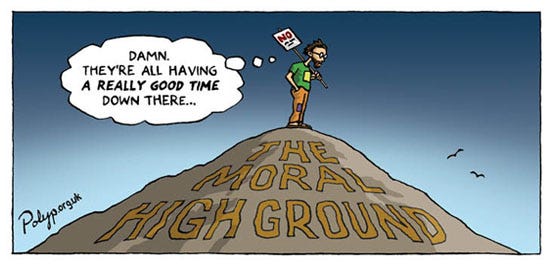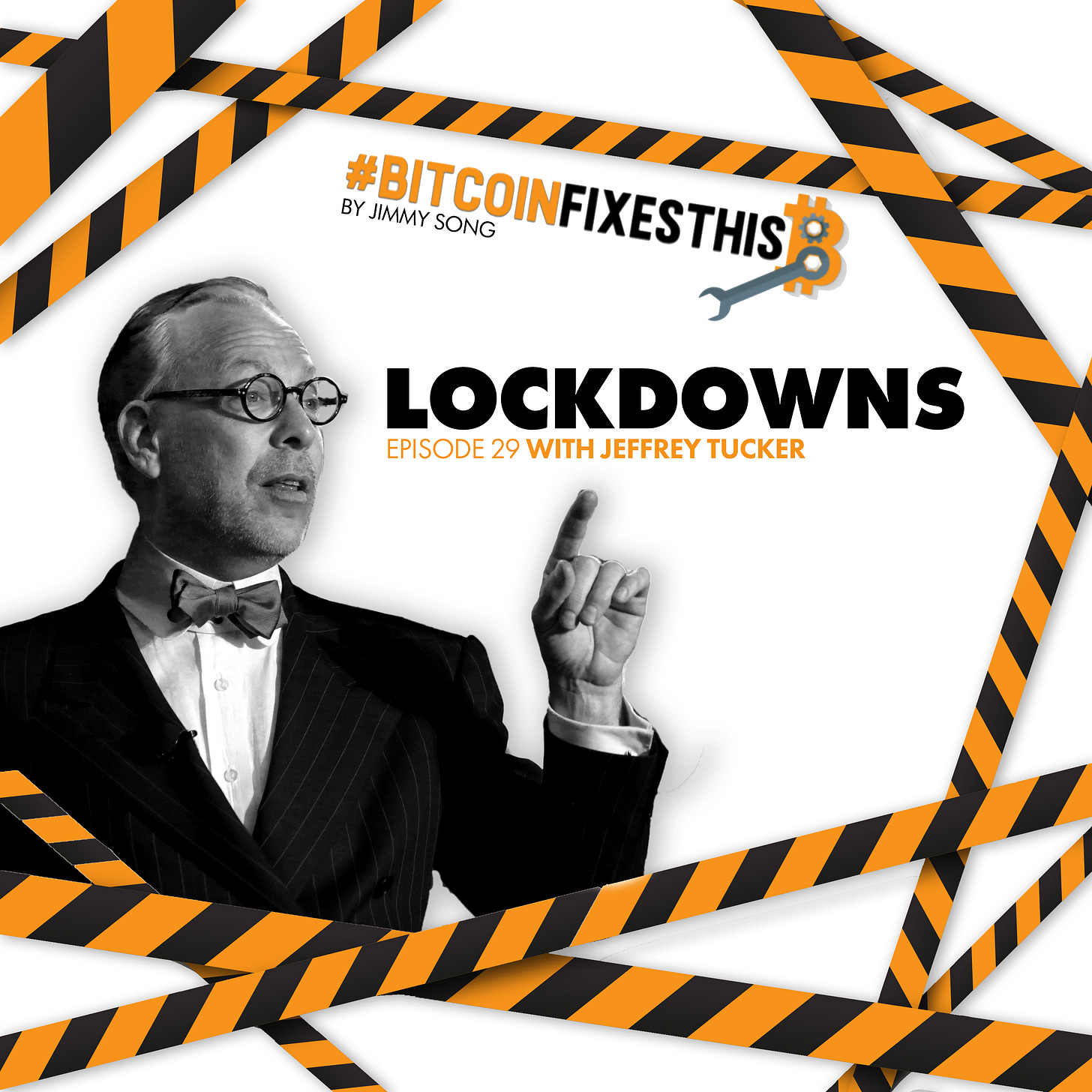Bitcoin Subsidizes Energy Production. Bitcoin Tech Talk #227
Any time there’s a bull market, FUD starts coming out and there’s probably no FUD quite so emotional as the “Bitcoin wastes energy” argument. It’s an argument borne of simplistic analysis by journalists that want to take pot-shots at Bitcoin, and one that noobs bring up quite often. Much like quantum computing, it’s one of those issues people think they understand much better than they really do.
In the rental car business, a lot of cars may be sitting unused in lots for large amounts of time because that industry is optimized for availability. Each wants to be in the best position to sell their services when the customer is ready to buy. What you don’t want to do is make the customer wait and jeopardize the sale when the customer wants to purchase.
The energy production business is much like that. It is not optimized for efficiency, that is, using every little bit of energy produced for some purpose. Energy has been and continues to be optimized for availability, that is, allowing those that want it to get access when they want. It would be a terrible experience, for example, to have to wait for energy to become available to turn on lights or run a refrigerator. As such, there is necessarily over-capacity so that when there’s a surge in demand, say during a particularly cold day when everyone is heating their homes, they can meet that demand. In other words, there’s a lot of energy that could be produced, but isn’t, simply because there isn’t a market for them.
This is particularly true of renewable energy. Hydro-electric dams, for example, often have a lot of capacity that isn’t produced or consumed. This can lead to some inefficiency. The capital cost of building the energy production center is more than it would be with a smaller capacity, but the excess energy isn’t sold, so the builders don’t make back the cost of building for longer, making these projects less attractive.
A market for the excess energy capacity would help such projects achieve profitability earlier, but unfortunately, very few industries can take varying levels of excess energy and use it for a productive purpose that can be profitable. Bitcoin is one of those industries and it’s why Bitcoin is good for making energy production more efficient and is therefore better for the environment.
The uniqueness of Bitcoin is that any excess energy can be productively used to secure the Bitcoin network. Furthermore, since mining machines can be easily transported, there’s very little transmission cost. As a result, Bitcoin helps energy production facilities reach profitability earlier than they otherwise would. You can say, in a sense, that Bitcoin subsidizes the production of energy.
Bitcoin
Hugo Nguyen has proposed a new secure multisig setup BIP. This is a detailed process of how to create a multisig wallet. The idea is to have a standard way of setting up that hardware wallets can implement as part of the setup. The protocol has an encryption option and pretty well-defined tasks for the coordinator and various signers. There are some assumptions in the setup, like the hardware wallet being able to keep state which won’t necessarily work with products like Trezor, but the standard looks pretty solid and I hope something like this becomes a common practice going forward.
Speaking of multisig, ben ma has disclosed a Coldcard vulnerability. No doubt that Hugo’s experience with this is what prompted the BIP proposal above, but it’s a very specific attack related to verifying the multisig wallet on setup. Essentially, the coldcard did not verify the contents of the descriptor file during initial setup of a multisig wallet, potentially allowing an attacker to make the user think they were participating in one wallet while actually participating in a completely different one. It’s not been exploited in any way and the newest firmware has patched to fix this vulnerability.
grubles has an article on how to use the Blockstream Satellite API. He shows how you can set up a Bitcoin Core node from source while working within the 1MB upload limit. He manages in the post to download the source code which can then be compiled and run on an offline computer. From there, the Blockstream Satellite can be used to download the blockchain and a random block verified via SMS completing the offline full node setup. Really cool and worth reading even if it’s just to say that you can now run a full node without the internet.
Andrew Poelstra and Jonas Nick explain their mitigation for key exfiltration attacks on hardware wallets. The threat is that the hardware wallet may be compromised and leak the private key over time through signatures. The way to mitigate is to force the hardware wallet to commit to a nonce before signing anything and using the host computer to validate that they did use that nonce. The details are fascinating and worth reading for the design process alone.
The third and final Blockstream article in this newsletter is Poelstra and Russell O’Connor’s proof of safegcd bounds. safegcd is a technique for computing the greatest common denominator in constant time. From a security perspective, constant-time algorithms are desirable because they don’t leak information. Traditional Euclidian GCD algorithms are not constant time and are therefore considered less secure. Cryptographers Donald J. Bernstein and Bo Yin Yang created the safegcd algorithm which was then improved by Pieter Wuille and Greg Maxwell. Poelstra and O’Connor have written a formal proof of its boundedness which is explained in the article.
River has some Taproot documentation. This is an excellent resource for all the wallet developers wondering what they can now do with Schnorr, p2tr and more. I really hope the wallet developers get on the ball now so the advantages of Taproot can be on the network with a running start when it activates.
Lightning
Roy Sheinfeld from Breez writes about inbound liquidity economics. As revealed in the article, it’s not obvious at first, but the amount of inbound channels opened to a lightning node is the most critical part of running a node. He goes into the economics of opening such channels and why it’s such a critical part of the liquidity of the entire network. Finally, he discusses some ways to monetize inbound liquidity. I thought this was an excellent summary of the economics of the Lightning Network and I look forward to part 2 of the series.
Economics, Engineering, Etc.
John Carvalho has an article on the trust-based convenience of fiat money. The article is an excellent distillation of the argument that the altcoins will always be with us because trust makes some things more efficient, even if that trust can be abused. I find the post pretty convincing, even if I don’t necessarily want such a future to come true.
Nic Carter takes issue with the climate FUD regarding Bitcoin. His article is a response to a hastily “researched” Bloomberg article and argues that the metrics the Bloomberg article uses is a terrible comparison. Nic also argues that the energy production in other monetary systems rely on the power of the US military which enforces the petrodollar. As a result, the current system’s energy expenditure is underestimated and Bitcoin’s overestimated.
Marty Bent has a take on energy consumption as well. He shows that a lot of wasted energy is now being redirected toward Bitcoin. Like Nic, he argues that the banking system, the military industrial complex and many other government wastefulness should be counted toward the cost for sustaining the US dollar. Hopefully more articles like this can debunk the ridiculous energy FUD around BTC.
Casey argues that Bitcoin optimizes human resourcefulness. By efficiently deploying capital through the free market instead of inefficiently deploying capital through cronyism via inflation, Bitcoin allows better and better use of capital goods allowing for the leverage of human labor. My only complaint with this article is that the article needs to be longer and for this wonderful thought to be expanded upon.
A bank is allowing BTC purchases and deposits using their ATMs. This is a first and it’s hard to know what the user experience is like, but there does seem to be some movement among dinosaurs…
Another week, another company that’s holding Bitcoin.
Podcasts
My podcast this week was with Jeffrey Tucker. We talked about lockdowns, how epidemiology got political and why a decentralized future is desirable.
I was on Tone’s show to talk about the Tesla news. I was on a podcast with Archetype Wealth to talk about the book:
Fiat delenda est.













